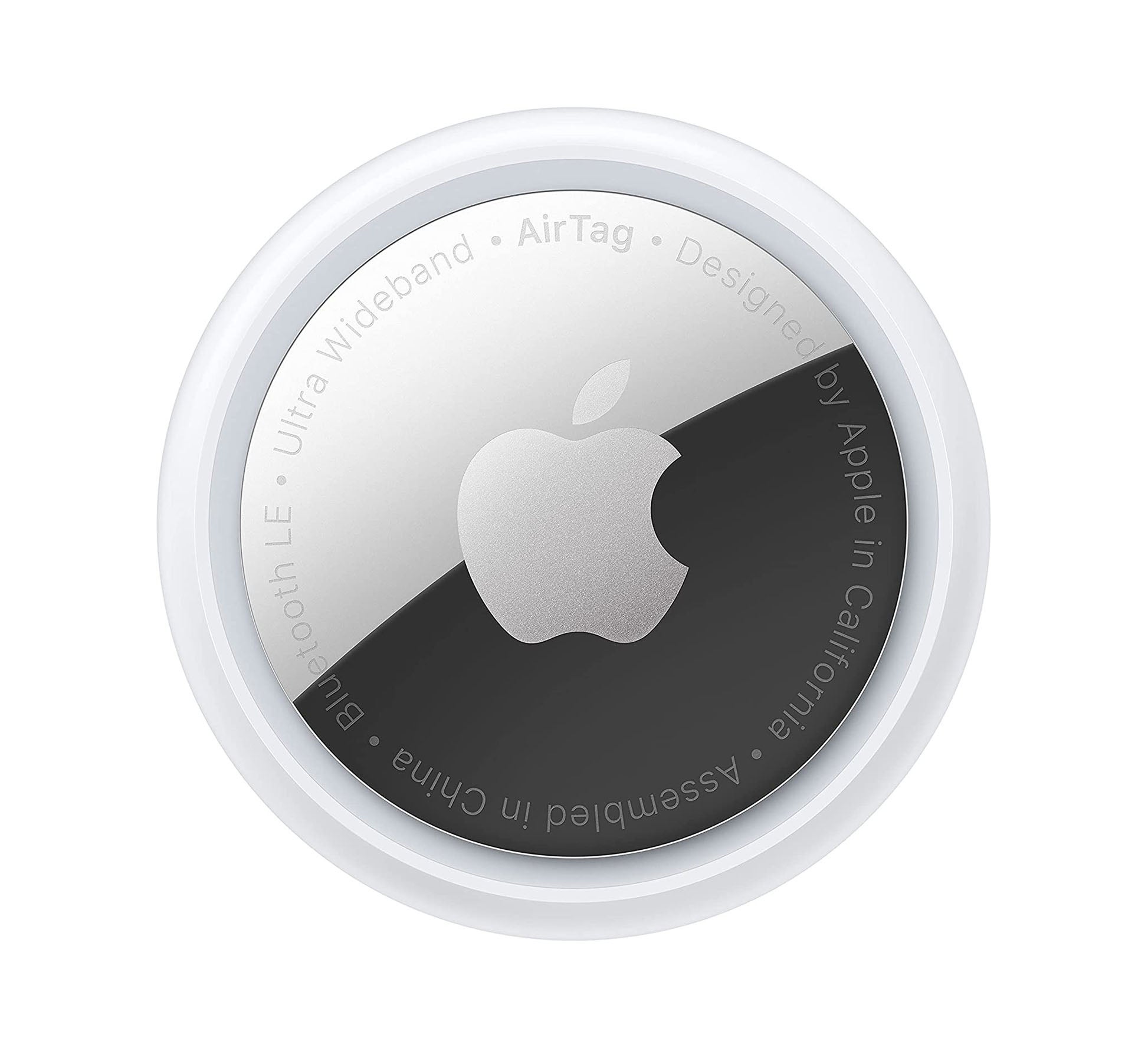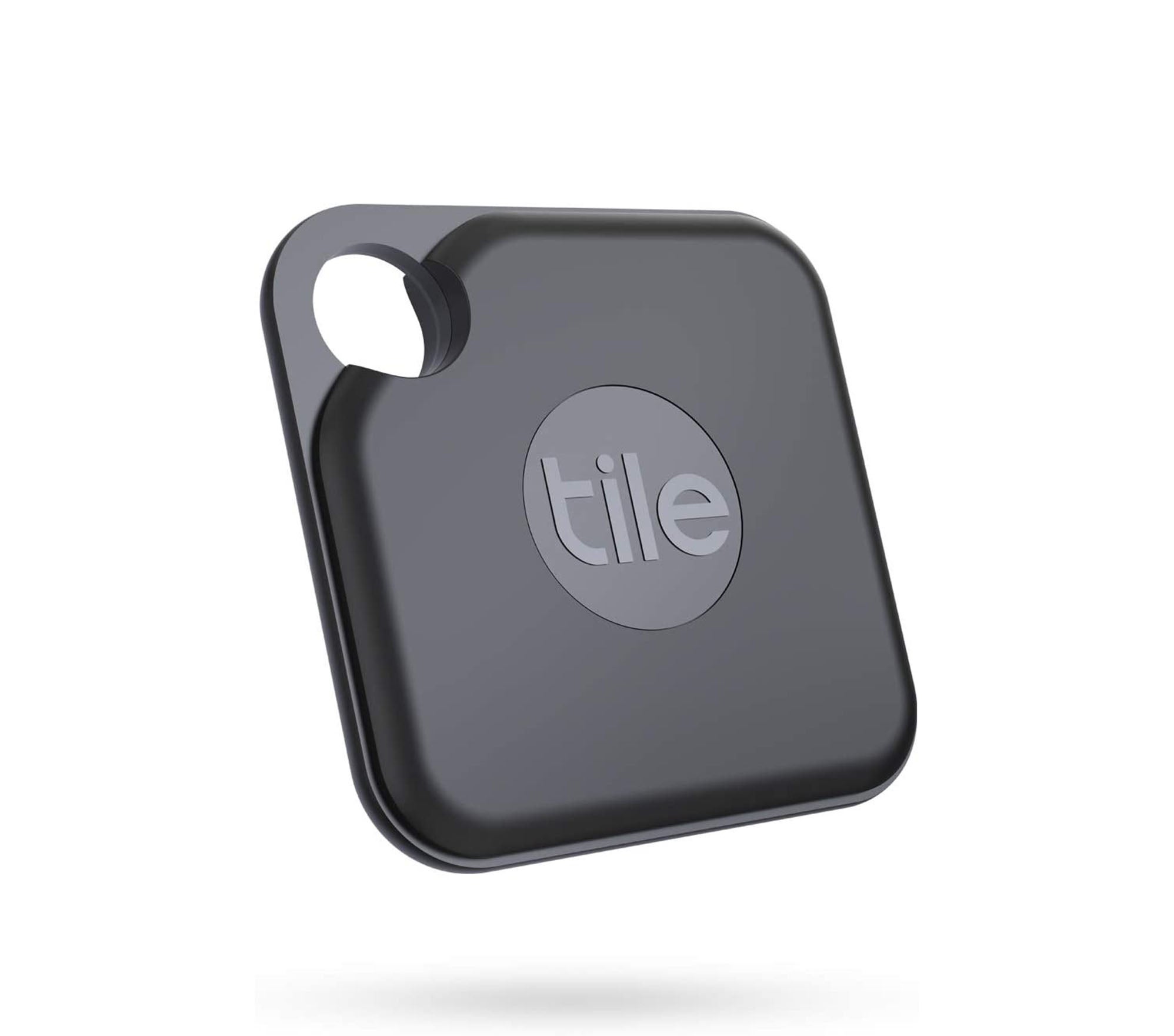
The Independent's journalism is supported by our readers. When you purchase through links on our site, we may earn commission. Why trust us?
Apple AirTag vs Tile pro: Which Bluetooth tracker is better?
We compare the two key finders to see which brand comes out on top

For years, Tile has ruled the roost when it comes to Bluetooth key finders and item trackers, helping to reconnect people’s lost items with their owner. But since launching in 2012, other item trackers have entered the market, slowly scratching away at the company’s dominance.
Now it’s not just Tile sitting alone in the key finder space, but brands like Chipolo, Esky and Key Ringer too. In January, Samsung announced its own version of the item tracker – the smart tag and smart tag+, but the biggest blow for Tile came last month when Apple announced its own Tile competitor.
On 20 April, Apple revealed the AirTag at its Spring Loaded event in San Francisco – its long-rumoured item tracking device. Without getting into too much of the politics of the situation, let’s just say Tile wasn’t very happy, and testified against Apple at a congressional hearing into anti-trust allegations the following day.
As mentioned above, Tile has been in the key finding game for a long time. So long, that it doesn’t just have one item tracking device, but four – the most similar Tile tracker to the AirTag is the Tile pro, and both of these item trackers have their pros and cons.
To help you make an informed decision before you part ways with your cash, we pitted the Tile pro up against the AirTag, comparing their design, battery life, features, how well they both work at doing their job, and of course, their price.
Read more:
You can trust our independent reviews. We may earn commission from some of the retailers, but we never allow this to influence selections, which are formed from real-world testing and expert advice. This revenue helps to fund journalism across The Independent.
Apple AirTag (pack of four)

Buy now £99, Johnlewis.com
- Size: H 31.9mm x W 31.9mm x D8mm
- Weight: 11g
- Water resistance: IP67 (maximum depth of one metre up to 30 minutes)
- Battery: Replaceable CR2032 coin cell battery (one year)
- System requirements: iPhone, iPad or iPod Touch running iOS/iPad OS 14.5 or later
- Range: Unknown
- Features: Bluetooth for proximity finding, Apple U1 chip for ultra-wideband precision finding, accelerometer, NFC tap for lost mode, in-built speaker
When it comes to design, the AirTag is a quintessentially Apple product. It’s a tiny 32mm badge-sized stainless steel disc that sits inside a white cover. There’s an Apple logo embossed on top of the disc, and you can personalise the white cover with an emoji or your initials.
Inside the AirTag is an un-Apple-like removable battery. Rotating the disc will allow you to take out and replace the CR2032 battery inside, estimated to last a year before needing a replacement. You’ll get a notification on your iPhone when the battery is about to die, but you can always check in on the battery life by navigating to the Find My app.
While it looks nice, there’s a big design flaw here, as it doesn’t have a hole for you to easily attach it to your keys. You have to shell out more on accessories – like a key ring or a loop – which can bring the price up considerably. All of Tile’s trackers have a keyhole, however, so you don’t need to fuss about with extra accessories.
That said, when it comes to actually doing its job, it does it extremely well. If you’re in Bluetooth range, you can make the AirTag chirp by tapping the button in the Find My app. This can also be achieved by asking Siri. It’s not the loudest of speakers, registering roughly 65 decibels in our tests, and only makes three chirps before going silent.
The AirTag really shines when it comes to relocating your stuff, even though it might not be anywhere near you, and that’s really thanks to the millions and millions of Apple devices currently connected to the Find My network.
Because there’s no GPS in the AirTag, it relies on other Apple devices pinging it when it’s lost, enabling you to keep track of its location whenever it comes into contact with an iPhone. If you place the AirTag into lost mode, you can add your contact details onto it. If a good Samaritan taps their phone against the AirTag, they’ll be able to see how to get your item back to you.
There’s also another neat feature made possible thanks to ultra-wideband and U1 chip, and it’s called precision finding. If you’re close enough to the AirTag, you can go into the Find My app and get precise left and right directions to the tracker. It’s something that Tile told us it wants to add but can’t – more on that below.
As for security, well, if an AirTag is ever placed on you surreptitiously, you’ll get a notification on your iPhone. After some time, the AirTag will start to chirp, alerting you to the fact that there’s an unknown AirTag placed on you.
For an Apple product, the AirTag is extremely affordable. A single AirTag costs just £29 (Johnlewis.com), while a pack of four costs £99 (Johnlewis.com). Although it’s wise to remember that you need to add on the accessories which inevitably bumps up the price.
Tile pro (pack of four)

Buy now £89.99, Amazon.co.uk
- Size: W 42mm x H 42mm x D6.5mm
- Weight: 15.5g
- Water resistance: IP55 (splashproof)
- Battery: Replaceable CR2032 coin cell battery (one year)
- System requirements: An Android or iOS device with the Tile app
- Range: 122m
- Features: Bluetooth for proximity finding, in-built speaker measuring 128 decibels, 26 million-strong Tile community, choice of sound alert, works with Alexa, Google Assistant and Siri
Unlike the AirTag, all of Tile’s products are designed in a way that makes them easy to attach to your things. The Tile pro is shaped like a square and has a keyring hole in the corner for easy attachment. It’s definitely bigger than the AirTag and also a lot heavier, but that’s simply because of the square design which we assume the company opted for so that it could fit in a larger speaker.
That larger speaker is pretty significant. The volume is far louder on the Tile pro than the AirTag, which registered around 65 decibels in our tests compared to the Tile pro’s 128 decibels. It also plays a continuous sound until you turn it off in the app, something that the AirTag doesn’t do, plus there’s several tones for you to choose from.
It also comes in in a variety of colours unlike Apple’s trademark white, including black, ruby red, azurite blue, rose pink and white. It uses the same coin cell battery as the AirTag and lasts roughly the same amount of time (one year). The Tile pro also has an impressive Bluetooth range, meaning you can ping it up to 122m away from your location. Apple hasn’t disclosed the range of the AirTag.
In terms of actually finding your stuff, however, Tile doesn’t perform as well as the AirTag. If you’re in Bluetooth range, you’ll see a series of concentric circles lighting up the closer you get to your tracker. It’s not as precise as the AirTag which literally directs you to your items, but that’s only because Tile doesn’t use ultra-wideband connectivity. “Tile has developed a UWB product, but consumers are unable to use it because Apple has refused to give Tile access to the UWB chip in their phones,” a spokesperson told The Independent.
Like with the AirTag, whenever a Tile user comes into contact with a lost Tile tracker, you’ll be notified of its last location. But with only 26 million Tile trackers compared to Apple’s almost a billion, that’s not always guaranteed to happen quickly. Interestingly though, earlier in May, Amazon announced that it was partnering with Tile to allow its trackers to tap into Amazon’s network of Echo devices, something that will increase its accuracy massively. It’s due to come into effect from 14 June.
One feature we really liked, however, was that we could enlist the Tile community to help us find our item if we lost it by giving other users access to its location. Doing that trades a little bit of privacy for a more neighbourly support system to reunite you with your stuff.
A single Tile pro costs £29.99 (Amazon.co.uk) – slightly more expensive than a single AirTag, while a pack of four costs £89.99 (Amazon.co.uk), which is £10 cheaper than a pack of four AirTags. You can also get a pack of two Tile pros starting at £49.99 if you opt for the white and black varieties (Amazon.co.uk). Tile trackers often go on sale throughout the year, something that doesn’t traditionally happen with Apple products.
The verdict: Apple AirTag vs Tile pro
The AirTag and the Tile pro are both excellent item trackers, and Tile has had a number of years to perfect the finder. If you don’t want to shell out for any extra accessories, go for the Tile. There’s a hole in every item tracker, unlike the AirTag which requires a case. The Tile pro is also louder than the AirTag, so if volume is a key factor, then the pro is a solid choice.
That said, if you are an iPhone user, being able to tap into the company’s vast network of devices on its Find My app simply can’t be beaten, plus we absolutely love the precision tracking feature afforded by the ultra-wideband chip.
The problem Tile has right now is that it simply can’t compete with almost a billion Apple devices, which essentially means that you’ll almost always be able to find an AirTag faster than a Tile tracker. That could be about to change come June however, when Tile partners with Amazon.
In terms of price, well, there’s no real winner, it all depends on what you want to get out of your item tracker since they both cost about the same.
Voucher codes
For the latest discount codes on Apple and other tech offers, try the links below:
For a full write-up of the AirTag’s pros and cons, why not check out our AirTag review